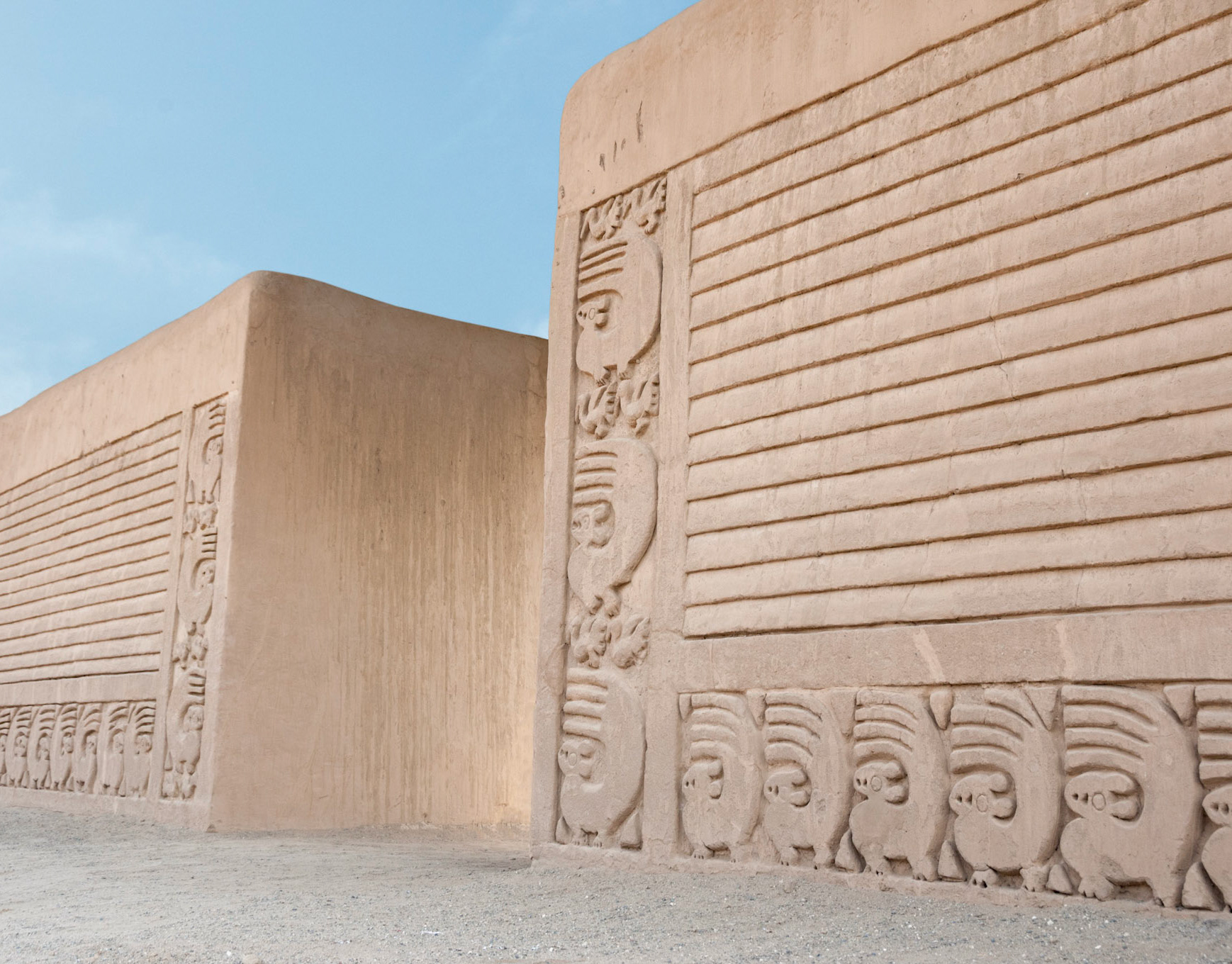This storm lasted about twenty minutes and I ended up with dozens of photos. Three photos caught good lightning strikes. Here’s how I blended those three images together to make one final dramatic shot.
Dangers
First a warning. Lightning photography can be dangerous. I took this photo from inside a building, looking out a window. You should not attempt to set up a camera and tripod near a storm when standing out in the open, particularly near water or trees. Shooting from inside a car is also an option that's supposedly safe, though I've never tried it myself. Don't take unnecessary risks to get a photo.
Location
The hardest part of photographing lightning is finding a good location to shoot from and knowing where the lightning will be. Luckily, and contrary to the old saying, lightning does strike twice. Some areas are very prone to storms and can have regular strikes. If you find such an area, scout around and look for a good foreground to make an interesting image. Doing some homework and finding a good location to shoot from is more than half the battle.
My location was my apartment in Bangkok, Thailand. I was very lucky with my view from the north of the city looking south. I frequently enjoyed watching storms and lightning strikes in the southern part of the city.
Taking the photos
Lightning can be relatively predictable. After watching a few strikes hit the same area, I set up my camera on a tripod framing the most frequent strikes and trying to make an interesting foreground.
I used my widest available lens, an 18mm, set my ISO to 100, aperture to F/10 and shutter speed to 20 seconds. I was trying to make a slightly under exposed image hoping that the lightning would strike sometime during the exposure.
I took dozens of photos and caught three good strikes. I later used Adobe Photoshop to blend those photos together to make one final image.
Final Image
Original photos available here: Lightning Photos
I hope you enjoyed the video. If so, please like and subscribe to my YouTube channel.










